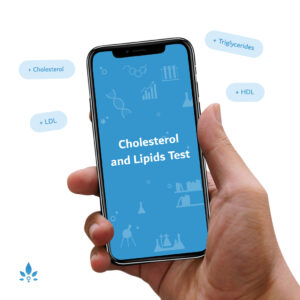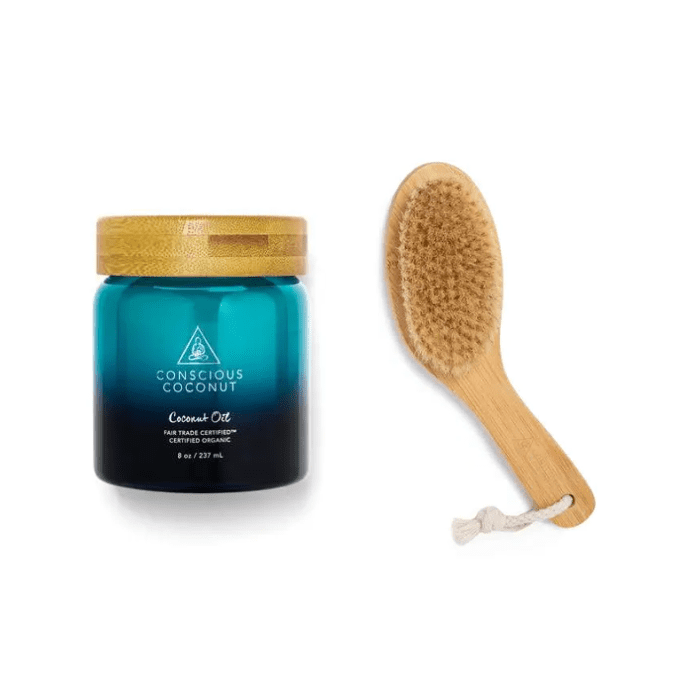How to use a Nebulizer the Right Way


Many parents of children with asthma know all too well the battle that can happen when the nebulizer comes out. When faced with another frustrating nebulizer session, you might find yourself wondering, “What is this noisy machine the pediatrician gave my child anyway? How does it work? Is it even necessary?”
A nebulizer is a machine that turns liquid asthma medication into a mist that your baby breathes. Ideally, your child happily sits still for 5-10 minutes while a mask or mouthpiece is held to the mouth, allowing the medicine to enter on every breath.
Sounds easy, right? Unfortunately, not every child is so cooperative, often turning the process into a battle of wills, with your child crying through the session. Unfortunately, studies have shown that the majority of nebulized medication given to a crying child ends up in the stomach or out in the air. Very little of the medicine actually makes it into the lungs. To get the most from nebulizer sessions, here are a few tricks:
Distraction is key. Sing silly songs, play a game, or provide a toy or activity during treatment.
Allow your child to play with the mask when the machine is not on. This will help remove some of the anxiety surrounding the mask and machine.
Reward your child for behaving. A sticker or small toy from a treasure chest might do the trick.
Involve your child in the process. Depending on the age, your child may be able to help connect the tubing and mask, as well as help put the medicine in the machine. Your child may be more willing to sit through a treatment if he or she holds the mask or mouthpiece “like a big boy” or “like a big girl.”
Hold the mask closely to your child’s face instead of strapping it on. Some children do not like the feeling of being confined by a mask but will calm down if it is just held close.
Invest in a mask or nebulizer that is designed in the shape of an animal or other object your child may find entertaining. A few extra dollars spent may equal a happy child.
Attempt to do the treatment when the child is asleep.
If all else fails, turn on a favorite video, computer game, or TV show during the treatment. While screen time should be limited in children, this may be the perfect time to allow a few minutes of entertainment.
Even if you follow these tips, your child simply may not be willing to sit calmly through a nebulizer treatment. If this is the case, talk to your pediatrician about changing from a nebulizer to an inhaler with a spacer. This technique allows your child to breathe the medicine directly into the lungs. A long tube, known as a spacer, attaches to the end of the inhaler and acts as a holding chamber for the particles of medicine. The mask on the other end is held over the child’s mouth as puffs of medicine are administered, taking only seconds instead of several minutes. Numerous studies have shown that an inhaler with spacer works just as well as a nebulizer, even in young children.
Sources:
- Ploin D, Chapuis FR, Stamm D, Robert J, David L, Chatelain PG, Dutau G, Floret D
- High-dose albuterol by metered-dose inhaler plus a spacer device versus nebulization in preschool children with recurrent wheezing: A double-blind, randomized equivalence trial
- Pediatrics
- 2000 Aug;106(2 Pt 1):311-7.
Benito-Fernández J, González-Balenciaga M, Capapé-Zache S, Vázquez-Ronco MA, Mintegi-Raso S - Salbutamol via metered-dose inhaler with spacer versus nebulization for acute treatment of pediatric asthma in the emergency department
- Pediatr Emerg Care
- 2004 Oct;20(10):656-9.
Chou KJ, Cunningham SJ, Crain EF - Metered-dose inhalers with spacers vs nebulizers for pediatric asthma
- Arch Pediatr Adolesc Med
- 1995 Feb;149(2):201-5
- Erratum in: Arch Pediatr Adolesc Med 1995 May;149(5):545.
Powered by Bundoo®












































